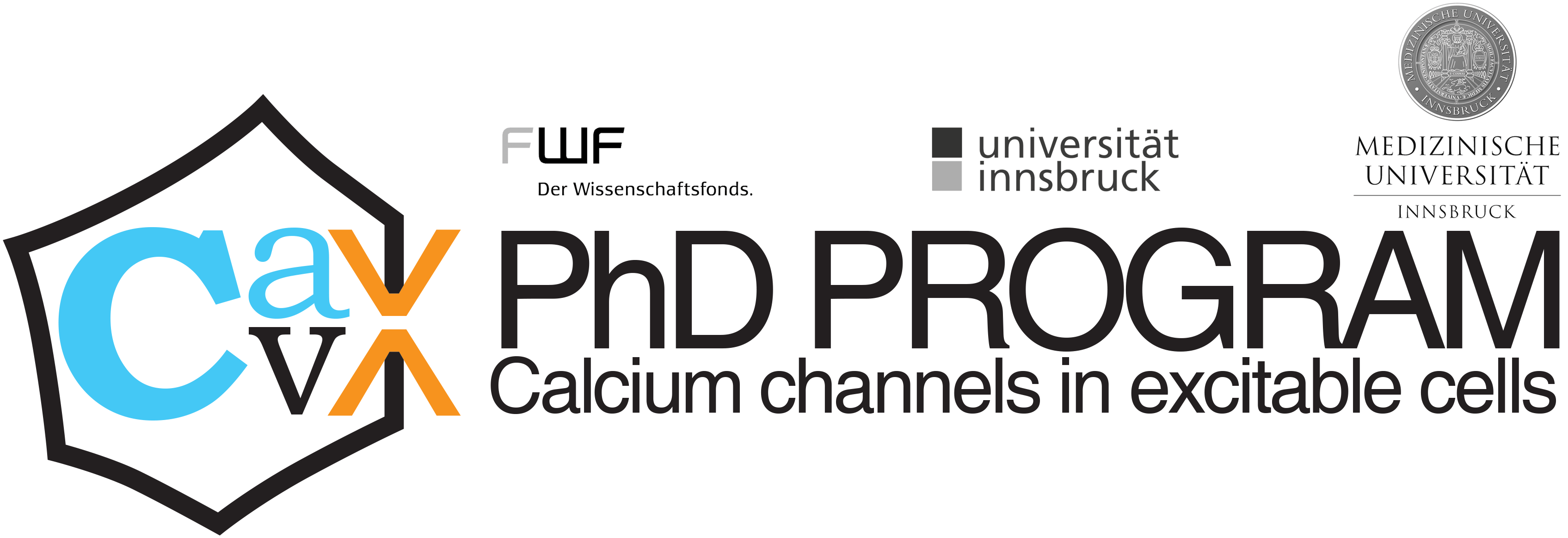// DI BIASE GROUP
Keywords: voltage-gated calcium channels, ion channel complexes, trafficking, calcium signaling, dendritic growth, synapse, fluorescence microscopy.
// AIM
In neurons L-type voltage-gated calcium channels (L-VGCCs) are involved in numerous functions including synaptic plasticity, gene transcription, membrane excitability, dendrite and axon development. Our research interest spans from regulation of channel trafficking to control of dendritic morphology and synapse composition by channel activity. Our goal is to advance the understanding of the molecular determinants underlying the assembly of highly specific channel-mediated signaling complexes and how their integrity serves the diversified roles played by L-VGCCs in neurons.
// APPROACH
We developed a portfolio of methods dedicated to imaging of primary cultured neurons, including single molecule tracking, fluorescence recovery after photobleaching, calcium imaging, synaptic fluorescent indicators, and immunofluorescence. By variably combining these techniques with site-directed mutagenesis of channel constructs, we enable analysis of synaptic function, signaling efficacy, and real time channel trafficking in neuronal subcellular domains. Our imaging data are integrated with electrophysiology and biochemical analyses.
// CURRENT RESEARCH
In our laboratory we are currently pursuing two lines of research: one addresses the role of L-VGCCs in regulation of dendritic complexity; the other focuses on channel dependent delivery of AMPA receptors to synapses. The common goal of our projects is to unravel how fine tuning of L-VGCCs complexes and channel dynamics in the plasma membrane control neuronal morphology and synaptic structure and plasticity.
Dendritic complexity
In glutamatergic neurons calcium channels lay upstream of competing pathways leading to both reduction and promotion of dendritic growth. The reason why one mechanism prevails over the other is still elusive. We hypothesize that, by controlling current density, activation/inactivation kinetics or binding with associated proteins, channel’s post transcriptional regulation couples to different downstream signaling pathways controlling dendritic growth in opposite ways.
Synapse
Several lines of evidence show that post-synaptic L-VGCCs are necessary to certain forms of synaptic plasticity. The research in our laboratory shows that pharmacological modulation of calcium channel translates into accumulation of specific AMPAR receptor subunits at post-synaptic membranes. Currently, we are investigating whether a putative supramolecular signaling complex including calcium channels and AMPA receptors is the structural requirement to support calcium channel dependent synaptic trafficking of AMPA receptors.
// LAB MEMBERS
- Group leader: Valentina Di Biase
- Doctoral candidates: Stefano Lanzetti
- Student assistants: Fabian Rinner, Lukas Bauer
// ALUMNI
- Alessandra Folci
- Claudia Ramprecht
- Angela Steinberger
// ADDRESS
Institute of Molecular and Cellular Pharmacology,
Department Physiology and Medical Physics
Medical University of Innsbruck
Peter-Mayr Strasse 1
A-6020 Innsbruck, Austria
// SELECTED PUBLICATIONS
Bikbaev A, Ciuraszkiewicz-Wojciech A, Heck J, Klatt O, Freund R, Mitlöhner J, Enrile Lacalle S, Sun M, Repetto D, Frischknecht R, Ablinger C, Rohlmann A, Missler M, Obermair GJ, Di Biase V, Heine M. Auxiliary α2δ1 and α2δ3 Subunits of Calcium Channels Drive Excitatory and Inhibitory Neuronal Network Development. J Neurosci, 40(25):4824-4841 (2020)
Folci A, Steinberger A, Lee B, Stanika R, Scheruebel S, Campiglio M, Ramprecht C, Pelzmann B, Hell JW, Obermair GJ, Heine M, Di Biase V Molecular mimicking of C-terminal phosphorylation tunes the surface dynamics of CaV1.2 calcium channels in hippocampal neurons. J Biol Chem, 293:1040-1053 (2018).
Patriarchi T, Qian H, Di Biase V, Malik ZA, Chowdhury D, Price JL, Hammes EA, Buonarati OR, Westenbroek RE, Catterall WA, Hofmann F, Xiang YK, Murphy GG, Chen CY, Navedo MF, Hell JW. Phosphorylation of CaV1.2 on S1928 uncouples the L-type Ca2+ channel from the beta(2) adrenergic receptor. EMBO Journal, 35: 1330-1345 (2016).
Di Biase V, Tuluc P, Campiglio M, Obermair GJ, Heine M, Flucher BE. Surface Traffic of Dendritic Ca(v)1.2 Calcium Channels in Hippocampal Neurons. J Neurosci, 38: 13682-13694 (2011)
Di Biase V, Obermair GJ, Szabo Z, Altier C, Sanguesa J, Bourinet E, Flucher BE. Stable Membrane Expression of Postsynaptic CaV1.2 Calcium Channel Clusters Is Independent of Interactions with AKAP79/150 and PDZ Proteins, J Neurosci, 51: 13845-13855 (2008)
